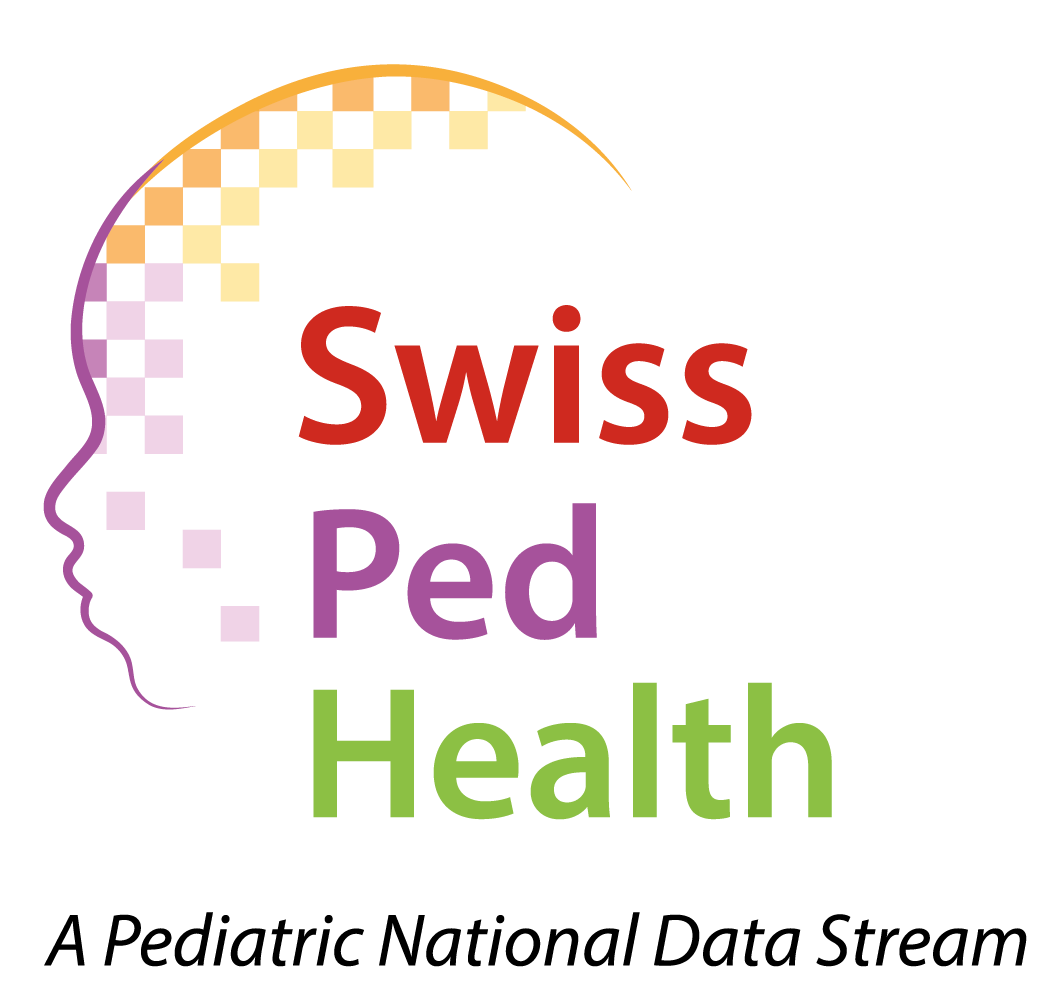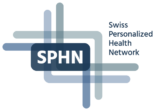
Genomic analysis allows our scientists to identify health concerns and discover new treatments.



The study aims to standardize lung function tests (LFTs) as key diagnostic data for chronic respiratory diseases. LFTs are currently limited by heterogeneous interpretation, quality control, and reporting in hospitals. Test result retrieval, quality control, and documentation are manual.
Establish priority data elements through a Delphi process among pediatric pulmonologists. Identify suitable SPHN infrastructures to receive high-density LFT data, supported by a CDW engineer to enable transfer and transformation. Develop and implement standardized automated quality control algorithms.
Improved availability, quality, and reporting of high-density diagnostic data relevant to clinical practice and research. Benchmarking between hospitals, reduction of resources for clinical documentation, and better quality research based on routine data.
NP3: Chronic respiratory disease: standardizing lung function tests (LFTs) as key diagnostic data (Responsible: Latzin).
Background: LFTs are key diagnostic and outcome measures for lung diseases (e.g. asthma, ex-preterm, cystic fibrosis), but interpretation, quality control, and reporting of LFTs in hospitals is heterogeneous and limited by equipment not fully interfaced with the EHR107. Test result retrieval, quality control, and documentation are manual. Research projects that use routine data from EHRs are hampered by excessive manual work.
Aims: This NP will 1) identify priority LFT elements; 2) develop appropriate approaches for integrating these elements into the SPHN CDW infrastructure; 3) set up unified quality control, and 4) transfer standardized LFT results from CDWs back to the EHR.
Methods: Establish priority data elements through a Delphi process among pediatric pulmonologists108. Identify suitable SPHN infrastructures to receive high-density LFT data, supported by a CDW engineer to enable transfer and transformation. Develop and implement standardized automated quality control algorithms.
Significance: Improved availability, quality, and reporting of high-density diagnostic data relevant to clinical practice and research; Benchmarking between hospitals, reduction of resources for clinical documentation and better quality research based on routine data (e.g. SPAC, BILD, Children’s Interstitial Lung Disease (CHILD), the international primary ciliary dyskinesia cohort, the European cystic fibrosis registry).